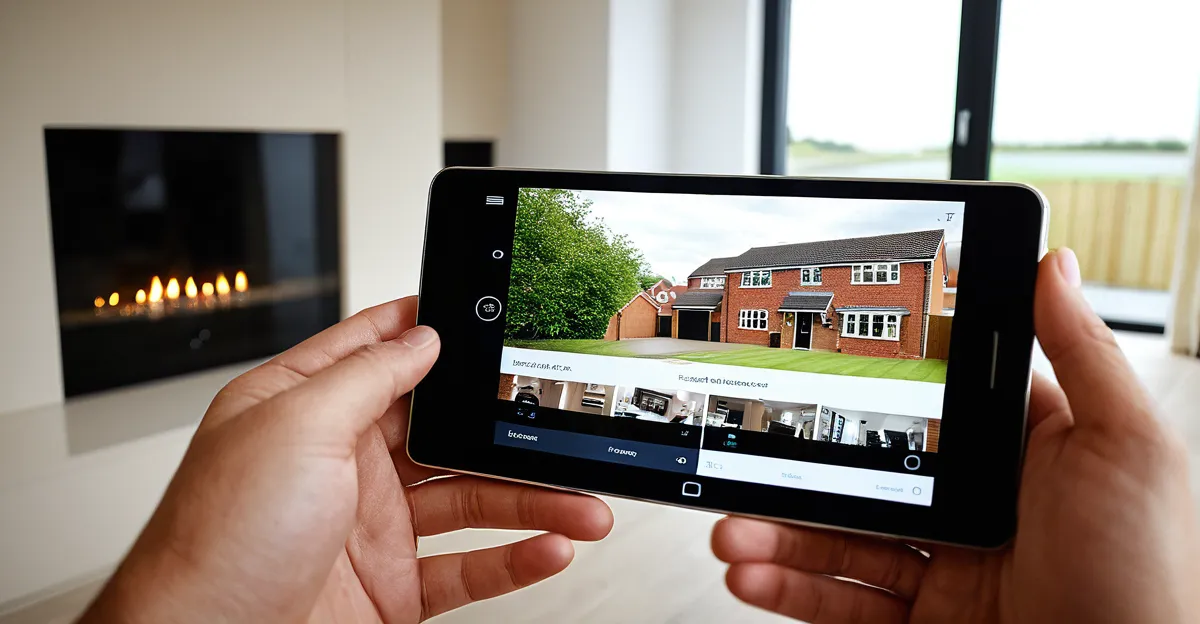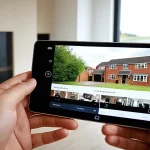Essential Smart Home Solutions for UK Homes
In the UK, smart home solutions are increasingly tailored to meet local needs, ensuring compatibility with regional standards and lifestyles. Key categories include smart lighting, security systems, and energy management—all adapted for effective home automation.
Smart lighting options for the UK market emphasize convenience and energy efficiency. Devices like smart bulbs and programmable switches allow homeowners to control lighting remotely or automate it based on schedules or occupancy. This not only enhances comfort but also reduces electricity consumption, important given the UK’s emphasis on energy conservation.
Have you seen this : What are the best storage solutions for UK apartments?
Smart security systems tailored for UK homes address both indoor and outdoor safety. These systems typically feature motion sensors, door and window sensors, and connected cameras compatible with UK broadband networks. They can be integrated with smartphones for real-time alerts and remote monitoring, offering peace of mind while accommodating UK-specific electrical and wireless standards.
Energy management solutions leverage UK-compatible technologies such as smart thermostats and smart meters. These devices monitor and optimize energy use, adapting heating and cooling to occupancy patterns automatically. This results in measurable energy savings and aligns with UK government initiatives to reduce carbon footprints in residential settings.
In the same genre : What are the essential elements of a traditional UK kitchen?
Together, these top smart tech devices create a robust home automation system ideal for UK homeowners seeking control, security, and efficiency. By choosing products designed or adapted for the UK market, users avoid common pitfalls related to incompatibility or suboptimal performance. This comprehensive approach ensures that any smart home solution deployed will operate smoothly within the UK’s unique energy and connectivity environment.
Practical Steps to Integrate Smart Technology
Guiding UK homeowners through seamless smart home device adoption
Successfully integrating smart technology into UK homes starts with selecting devices that fit specific needs while ensuring compatibility with local infrastructure. To integrate smart technology effectively, begin by identifying priorities—whether that’s enhancing security, optimizing energy use, or improving convenience. This clarity streamlines choices among the myriad smart home solutions UK offers.
Next, consider smart device setup UK requirements. Devices must comply with UK electrical standards and use compatible wireless protocols like Wi-Fi or Zigbee suitable for British broadband networks. Installation typically involves connecting devices to a home hub or smartphone app, allowing centralized control. For example, a homeowner installing a smart thermostat should confirm it works with UK heating systems and potable phone apps before proceeding.
A step-by-step approach to home automation installation can ease the process:
- Assess current home infrastructure and internet connectivity to avoid performance bottlenecks.
- Purchase top smart tech devices certified or optimized for UK use.
- Follow manufacturer instructions carefully, leveraging UK-specific resources or customer support as needed.
- Systematically integrate devices one at a time, verifying functionality and connectivity.
- Use a unified control interface or platform to manage all devices, fostering seamless integration.
Ensuring compatibility with UK infrastructure means prioritizing devices built to UK regulations for voltage and wireless standards. This prevents issues such as unreliable connections or hardware failures. For example, choosing smart lighting designed for UK distribution systems guarantees safer operation and better energy efficiency.
Ultimately, successful home automation installation depends on thorough planning, understanding local standards, and methodical device setup. This empowers homeowners to enjoy the full benefits of smart home systems without costly missteps or technical difficulties.
Costs, Benefits, and Return on Investment
Evaluating the financial and practical impact of smart home adoption in the UK
Understanding smart home costs UK is crucial before investing in top smart tech devices and comprehensive home automation systems. Upfront expenses typically include purchasing compatible hardware such as smart thermostats, lighting controls, and security cameras designed for UK standards. Installation costs may vary depending on whether homeowners opt for DIY setup or professional assistance. Ongoing costs involve energy consumption, subscription services for advanced features, and potential maintenance or upgrade fees.
One of the primary benefits of smart home technology in the UK is energy savings smart technology facilitates. Devices like smart thermostats and meters optimize heating schedules and monitor consumption, leading to significant reductions in energy bills. For example, intelligently adjusting heating only when rooms are occupied can reduce costs notably, essential given the UK’s focus on energy efficiency and carbon footprint reduction.
The smart home efficiency gains extend beyond energy savings. Automated lighting lowers waste by turning off unused rooms, while integrated security systems prevent unnecessary interventions and enhance safety, contributing to peace of mind. These efficiencies translate into tangible long-term financial benefits and improved lifestyle quality for UK homeowners.
When assessing return on investment, it’s vital to weigh initial smart home costs in the UK against savings from decreased utility bills, increased property value, and convenience. Although the upfront expenditure may seem substantial, the value accrued through energy efficiency and enhanced home control often justifies the investment. Additionally, aligning with UK energy regulations and incentives can further improve financial outcomes.
In summary, carefully planned investment in top smart tech devices and home automation systems designed for the UK market offers measurable savings and enduring benefits that enhance home value and resident comfort over time.
Overcoming Common Challenges and Compatibility Issues
Tackling smart home hurdles specific to UK environments
UK homeowners frequently face UK smart tech compatibility challenges when adopting smart home solutions. Devices not fully aligned with UK electrical standards or wireless protocols can cause persistent issues, such as unreliable connections or erratic behavior. To mitigate these, select top smart tech devices explicitly engineered or certified for the UK market, ensuring compliance with voltage requirements and communication standards like Zigbee and Wi-Fi adapted for British broadband.
Troubleshooting smart devices in UK homes often involves pinpointing problems with network stability. Since many smart home systems depend on reliable internet connections, intermittent broadband or signal interference can impair device performance. Addressing this requires a combination of boosting router coverage, using mesh networks, or positioning devices strategically to minimize disruption. For UK home automation issues related to connectivity, verifying firmware updates and resetting devices often resolve compatibility glitches quickly.
Data privacy and security are vital considerations within the UK’s regulatory framework. Smart home users must be aware of how devices transmit and store information, especially personal or sensitive data. Solutions include opting for devices with strong encryption, regular software updates, and configurable privacy settings. Awareness of rules such as the UK’s Data Protection Act guides safer smart home practices and helps homeowners avoid vulnerabilities inherent in poorly secured systems.
Effectively overcoming these challenges demands proactive planning: purchasing UK-focused products, maintaining robust network infrastructure, and following security best practices. Such diligence ensures that home automation systems function smoothly, providing British homeowners with the reliable, secure, and integrated smart home experience they seek.






